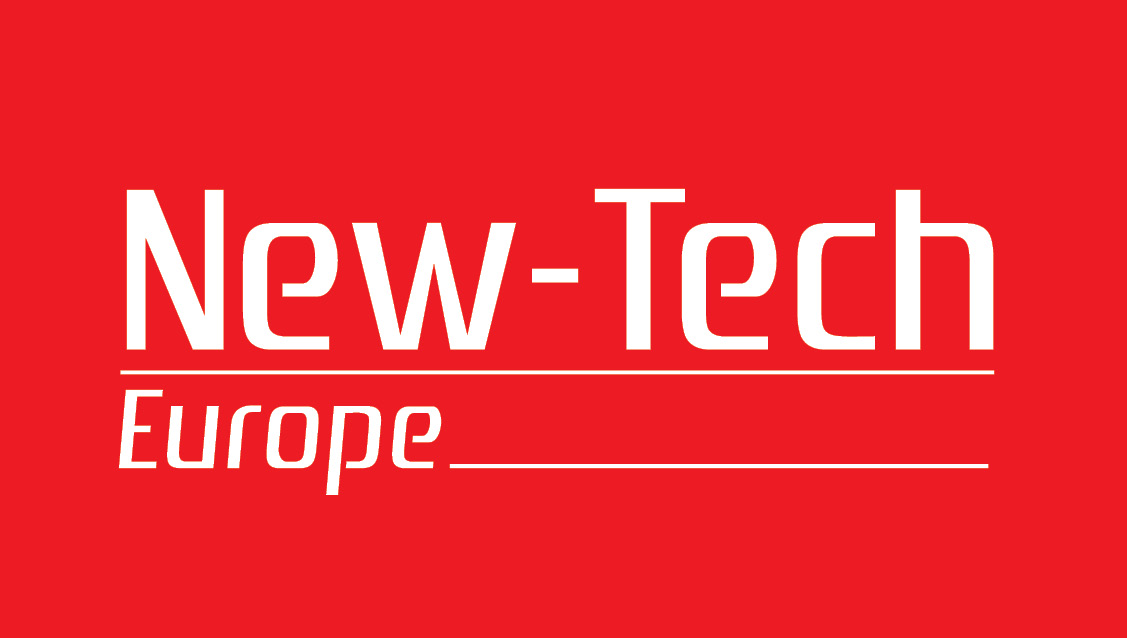Residential gateways play a critical role in connecting home networks to the Internet. As home networks evolve to handle ever more levels of household data traffic, with cloud-based applications and increasing demand for access speeds of 100 Mbps or more, residential gateways have had to become very capable and, as a result, more complex. With this increased complexity, the potential for more support issues has arisen, and with it, an increase in the cost of providing support for service providers, especially home service callouts.
A virtualized residential gateway (vRGW) addresses this issue by moving functions like IP routing and Network Address Translation (NAT) into the cloud, along with centralized management and control. This lets service providers introduce a more simplified, bridged gateway model making it easier for the user to successfully install, operate and maintain their home network, without having to make service calls or home visits. Bell Labs estimates that a vRGW can reduce the costs of service fulfilment, assurance and lifecycle management up to 40%. In addition to reducing operating cost and improving the customer experience, a virtualized gateway model allows new services to be introduced more rapidly and consistently across the installed base of residential gateway devices.
Key Facts:
- The Bell Labs study reveals cost savings in the following categories:
- Service fulfillment: 7-12% cost reduction – a simpler residential gateway, extended auto-installation capabilities and network-based service capabilities lead to faster turning up of upgrades or new services and fewer home visits by technicians to address service activation or upgrade issues. Home visits can easily represent over 80% of service fulfillment cost.
- Service assurance: 63-67% cost reduction – service provider data shows that 30-40% of trouble tickets are related to issues deeper in the network. These can be resolved better by virtualizing and centralizing these deeper functions in combination with home device management capabilities.
- Life-cycle management: approximate 66% cost reduction – although life-cycle management costs are relatively small compared to fulfillment and assurance costs, enhanced service velocity and agility improve service innovation, time to market, and revenue.
- In addition to boosting profitability, a virtualized residential gateway delivers structural improvements in customer experience, service velocity and operational agility.
- Alcatel-Lucent’s virtualized residential gateway solution is supported by both the 7750 SR and the Virtualized Service Router product line, and complemented by the Motive vRGW Controller and the 7368 ISAM CPE and ONT product lines. The company’s vRGW solution is available now, with more capabilities being introduced in first half 2016.
Quotes:
Sri Reddy, Vice President and General Manager, IP Routing & Software, Alcatel-Lucent said: “As we enter the age of the Gigabit home, and as more personal computers, consumer devices and user gadgets get connected – the digital home network is getting more complex. While costs and complexity are increasing, subscriber growth is stagnating, and average revenue per user is declining steadily. By leveraging network function virtualization we can move this complexity into the network which helps reduce costs for the service provider and complexity for the end user. And both will benefit from faster trouble shooting and rapid service activation.”
Enrique Hernandez-Valencia, Consulting Director, Bell Labs, and one of the authors of the report: “While the operating cost savings are essential to sustain profitable growth, having a well thought out VRGW architecture is a pre-requisite to enable service providers to seamlessly extend the home network into the Cloud,” said. “This is critical to operationalize the rapid introduction of new features and automate the delivery of new value added services for the home network, without having the necessity to upgrade the customer premises equipment.”





